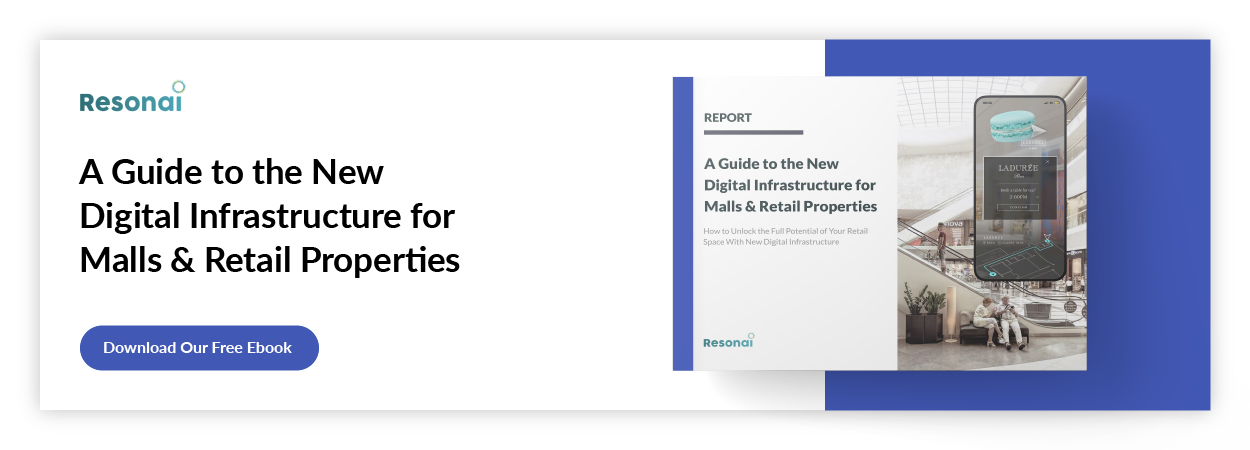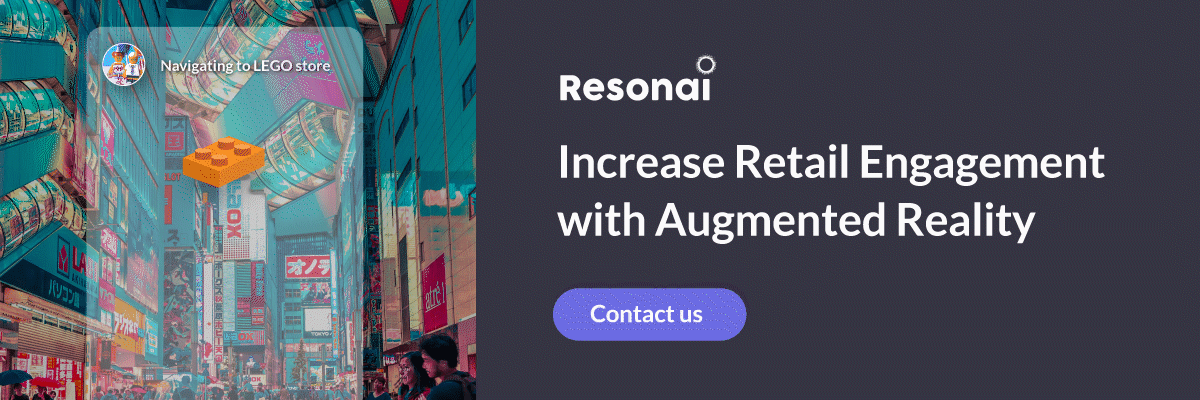How a Grid Store Layout Affects Retail Sales
The grid layout’s positive effects show how product flow can have a dramatic impact on the customer experience.
 There’s a wide variety of potential store layouts, but the grid store layout has long been the most common. It’s easily navigable and offers clearly defined edges that put customers at ease — making it a solid, profitable option for stores. However, there are some nuances to be aware of, and the grid layout isn’t the best fit for everyone. Here’s a breakdown of the grid store layout, its strengths, and its weaknesses.
There’s a wide variety of potential store layouts, but the grid store layout has long been the most common. It’s easily navigable and offers clearly defined edges that put customers at ease — making it a solid, profitable option for stores. However, there are some nuances to be aware of, and the grid layout isn’t the best fit for everyone. Here’s a breakdown of the grid store layout, its strengths, and its weaknesses.
Jump to a section…
How does a grid store layout affect sales?
Examples of a Grid Store Layout
Ready to take your store layout strategy to the next level? Check out our comprehensive article, "Store Layout: The Ultimate Guide."
What is a grid store layout?
A grid store layout, as its name suggests, lays out aisles in a grid formation, allowing customers to browse freely while simultaneously maximizing display space. Customers understand grid store layouts intuitively, perhaps because it’s the most commonly used store layout in retail. Grid store layouts also make it easy to categorize different product areas, allow for natural-feeling promotion placement, and have ample space for end cap displays.
The grid store layout also allows retailers to leverage their wall space. Called a power wall, retailers can use their walls to display a large number of a particular product, drawing customers into an area that they may not have visited otherwise.
However, the grid store layout is not without its shortcomings. Because they are so commonplace, shoppers can find them uninspiring or old-fashioned. They can hinder a customer’s ability to navigate through a store diagonally, which can be a drawback in larger shops. Grids can also make it more challenging to maintain an even traffic flow throughout the entirety of the space, as certain sections will naturally tend to attract the highest number of customers.
Alternative store layouts
Of course, the grid store layout is just one of many tried and true layouts, each with its own benefits and drawbacks. For retailers with smaller stores or just a few product categories, it may be worth trying a different retail store layout. Here are a few worth experimenting with:
- Herringbone: The herringbone is a variant of the grid layout for smaller spaces. Rather than having an interwoven system of aisles, the herringbone will typically have a single main path that branches off. Customers will enter through one side of the store and exit through the other, with products packed in between.
- Racetrack: The loop, or “racetrack” layout is about controlling the flow of customer traffic through your store. Typically, this will mean directing customers to the right of the entrance, where they’ll only be able to move forward through a loop. The layout gives retailers a lot of control over what customers see, which makes it powerful for executing promotions.
- Free-flow: Smaller stores may want to consider the free-flow layout, which shirks the predictable walking paths and allows for more experimentation. However, free-flow layouts are informed by human behavior, so many stores using the layout will place expensive products on the right side of the store, where many customers will instinctively go.
How does a grid store layout affect sales?
Very little hard data has been published on how a grid store layout — or any layout, for that matter — tangibly affects sales. Rather, the retail layout strategy is mostly informed by conventional wisdom and human psychology. The grid store layout’s primary benefit for retailers is how it prioritizes product placements and marketing material. Essential items are placed at the back of the store, increasing the likelihood that customers will pick up additional items as they navigate to the things that they need.
A grid store layout is also designed to keep marketing material at eye level, which makes it easier for customers to view and increases engagement. Retailers can take that engagement to the next level with digital signage, which captures more views and can display a wider variety of marketing material at once. Digital signage technology has become more ubiquitous, with the intent being to provide a memorable digital experience. Download Resonai’s eBook for more information on how digital infrastructure is shaping retail.
Examples of a Grid Store Layout
While there’s little hard data on how a layout will change sales, real-world companies that use the grid store layout, alongside a clever mix of other strategies, have become successful in today’s market. Here are a few key examples of retailers that use the grid store layout, and why it works for them:
Costco
Costco has created a hybrid of the racetrack and grid layout that’s proven to be particularly effective. There’s a central loop that branches off into a grid layout around the store, with the best deals placed at the center and front of each warehouse. Essential items take their place at the back, but Costco rearranges its other products semi-frequently. That’s by design, as it encourages customers to wander around and add more items to their cart. Costco’s strategy turns each shopping trip into a sort of “treasure hunt” for its customers, which can cause frustration but also boost sales.
Safeway
Safeway’s business grew by 16.78% from 2016 to 2020, with a long history of strategic analysis helping to fuel its growth. Analyzing customer segmentation and investing in its “O Organics” brand have been drivers of its success, but it’s also overhauled its grid layout strategy to underscore product placement and selection according to its research findings. The lesson is that even though the grid store layout is effective, data-driven adjustments to the guts of the formula can drive sales.
Walmart
Walmart’s stores feature groceries, clothes, pharmaceuticals, electronics, auto parts, outdoor supplies, and more; its layout reflects that. The broader design is a grid layout — especially in the pharmacy and grocery departments — but other departments will have some variation. For instance, customers may find that the clothing departments use a herringbone or freeflow layout that’s more conducive to high sales in that product category.
How technology can help
No matter what kind of store layout you have, technology can help improve it. Resonai’s suite of tools is designed to help building and business owners connect with their customers in exciting ways, improving their experience and increasing customer retention. With Resonai’s tools, business owners can get insights into where their customers are spending time within their store with a heatmap, better informing their ability to create an impactful layout. Are you ready to learn more? Get in touch with Resonai today and set up a free demonstration.
Subscribe to Our Newsletter!
Read More
How a Free Form Layout Affects Retail Sales
A store’s layout shapes the way that customers find and engage with products, so determining the...
9 Small Retail Store Layout Tips, Tricks, and Examples for 2022
In 2008, Usain Bolt set the record for the 100m dash with a blistering time of 9.69 seconds. While...
7 Retail Store Layout & Organization Strategies That Boost Sales
Retail store layout strategies control how customers interact with products, brands, and marketing...

